| Title | Graph-based Spatial Motion Tracking using Affine-covariant Regions |
| Publication Type | PhD Thesis |
| Year of Publication | 2008 |
| Authors | Haja, A |
| University | IWR, Fakultät für Mathematik und Informatik, Univ.\ Heidelberg |
| Abstract | This thesis considers the task of spatial motion reconstruction from image sequences using a stereoscopic camera setup. In a variety of fields, such as flow analysis in physics or the measurement of oscillation characteristics and damping behavior in mechanical engineering, efficient and accurate methods for motion analysis are of great importance. This work discusses each algorithmic step of the motion reconstruction problem using a set of freely available image sequences. The presented concepts and evaluation results are of a generic nature and may thus be applied to a multitude of applications in various fields, where motion can be observed by two calibrated cameras. The first step in the processing chain of a motion reconstruction algorithm is concerned with the automated detection of salient locations (=features or regions) within each image of a given sequence. In this thesis, detection is directly performed on the natural texture of the observed objects instead of using artificial marker elements (as with many currently available methods). As one of the major contributions of this work, five well-known detection methods from the contemporary literature are compared to each other with regard to several performance measures, such as localization accuracy or the robustness under perspective distortions. The given results extend the available literature on the topic and facilitate the well-founded selection of appropriate detectors according to the requirements of specific target applications. In the second step, both spatial and temporal correspondences have to be established between features extracted from different images. With the former, two images taken at the same time instant but with different cameras are considered (stereo reconstruction) while with the latter, correspondences are sought between temporally adjacent images from the same camera instead (monocular feature tracking). With most classical methods, an observed object is either spatially reconstructed at a single time instant yielding a set of three-dimensional coordinates, or its motion is analyzed separately within each camera yielding a set of two-dimensional trajectories. A major contribution of this thesis is a concept for the unification of both stereo reconstruction and monocular tracking. Based on sets of two-dimensional trajectories from each camera of a stereo setup, the proposed method uses a graph-based approach to find correspondences not between single features but between entire trajectories instead. Thereby, the influence of locally ambiguous correspondences is mitigated significantly. The resulting spatial trajectories contain both the three-dimensional structure and the motion of the observed objects at the same time. To the best knowledge of the author, a similar concept does not yet exist in the literature. In a detailed evaluation, the superiority of the new method is demonstrated. |
| URL | http://www.ub.uni-heidelberg.de/archiv/8943 |
| Citation Key | haja2008 |


